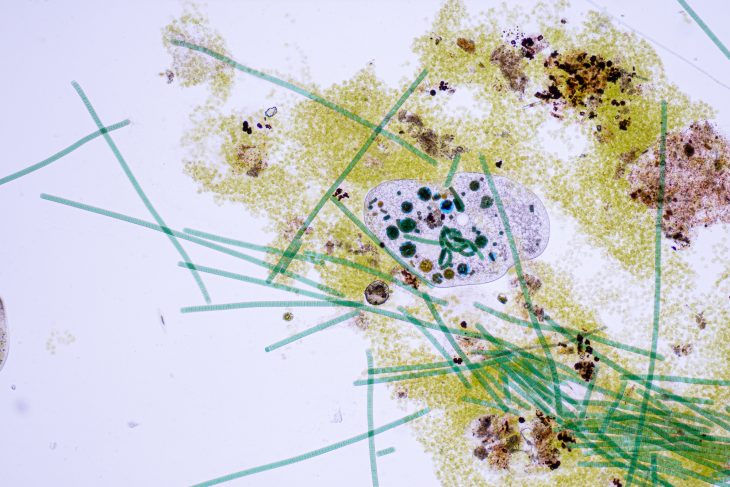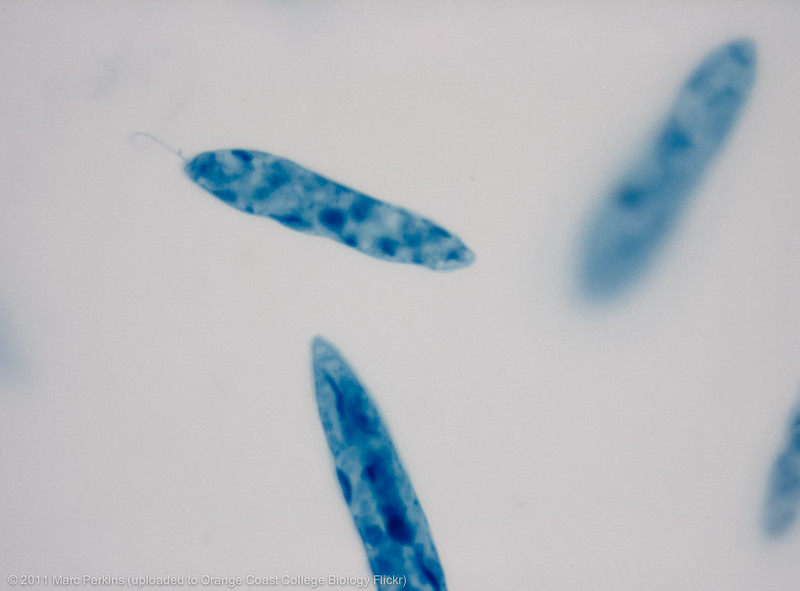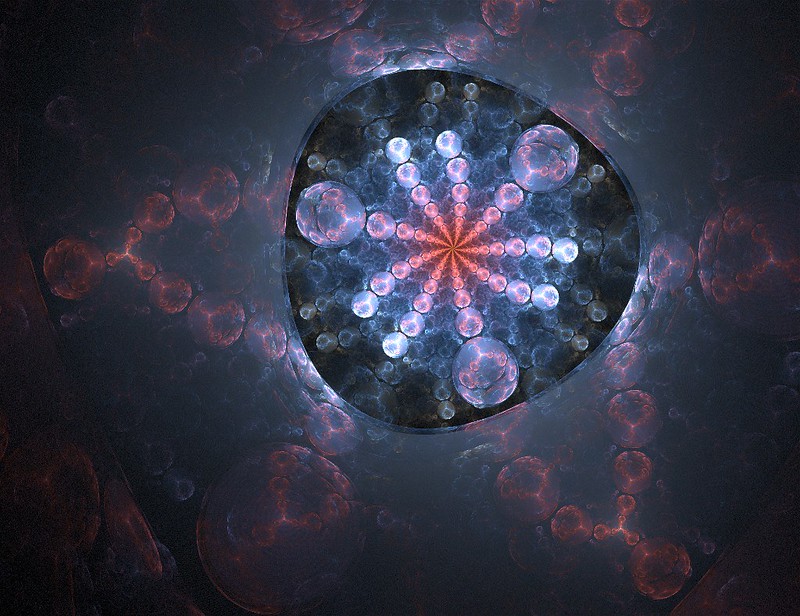
In the vast world of microorganisms, protists stand as a diverse and captivating group. These single-celled organisms exhibit a wide range of shapes, sizes, and lifestyles, making them a fascinating subject of study. From the enchanting bioluminescence of dinoflagellates to the intricate silica shells of diatoms, protists offer a glimpse into the extraordinary diversity of life on Earth. In this article, we will embark on a journey to uncover intriguing protist fun facts, revealing their unique characteristics, ecological significance, and captivating behaviors.
The Pioneers of Life
Protists are believed to be some of the earliest forms of life on Earth. Their emergence marked a crucial step in the evolution of complex life forms, paving the way for the development of multicellular organisms.
Maintaining Ecosystem Balance
Protists may be small, but their ecological importance is immense. These microorganisms play a vital role in maintaining the delicate balance of ecosystems.
Nutrient Cycling
Protists are instrumental in nutrient cycling within aquatic environments. They act as primary producers, converting sunlight and inorganic compounds into organic matter through photosynthesis. This process provides energy and nutrients to other organisms in the food chain.

Predator-Prey Interactions
Some protists are predatory, feeding on bacteria and other smaller organisms. By controlling the population sizes of their prey, they help regulate the overall ecosystem balance.
Symbiotic Relationships
Protists engage in various symbiotic relationships, forming partnerships with other organisms. For example, certain protists live within the tissues of corals, providing them with essential nutrients while benefiting from a protected environment.
Unusual Reproduction
Protists employ a variety of reproductive strategies. Some protists reproduce asexually, while others engage in sexual reproduction. Interestingly, certain protists can undergo multiple forms of reproduction, allowing them to adapt and survive in changing environments.
A Diverse Kingdom
Protists exhibit incredible diversity, with more than 200,000 known species. They come in various shapes and sizes, ranging from microscopic single cells to larger multi-cellular organisms. This vast array of forms and structures makes the study of protists a fascinating and challenging field.
Size Extremes
Protists come in all sizes, from microscopic unicellular organisms to giant kelps that form underwater forests. Some protists are even visible to the naked eye, such as the fascinating giant kelp (Macrocystis pyrifera), which can reach lengths of up to 60 meters.
Structural Adaptations
Protists showcase an astonishing range of structural adaptations. For example, diatoms possess intricate silica shells, intricately patterned and sculpted. These shells not only provide protection but also contribute to the mesmerizing beauty of diatomaceous earth.
Algae: The Oxygen Producers
Many protists belong to the group known as algae, which are essential contributors to the planet’s oxygen production. Through the process of photosynthesis, algae generate oxygen and serve as the primary producers in aquatic ecosystems. Without these photosynthetic protists, life as we know it would not be sustainable.

Protozoa: The Masters of Adaptation
Protozoa, another group of protists, exhibit an astonishing diversity of adaptations to survive in different environments. Some protozoa possess whip-like structures called flagella, enabling them to move through water with remarkable speed. Others have developed intricate structures, like cilia or pseudopodia, to aid in capturing prey or navigating their surroundings.
Phytoplankton Marvels
Phytoplankton, a group of protists, are responsible for approximately half of the world’s photosynthesis. These microscopic organisms serve as the foundation of marine food webs, fueling the productivity of oceans and contributing to global oxygen production.
Cellular Communication
Despite their unicellular nature, some protists communicate with one another. They release chemical signals to coordinate behaviors like aggregation, migration, or defense against predators. This collective behavior showcases the sophistication and cooperation among individual protists.
Motility and Locomotion
Protists employ diverse mechanisms for movement. Some use whip-like structures called flagella to swim, while others use hair-like projections called cilia or pseudopodia, which extend and retract to propel themselves through their environments.
Bioluminescence
Certain protists, such as dinoflagellates, possess the extraordinary ability to produce light through a process known as bioluminescence. When disturbed, these organisms emit a mesmerizing glow, creating stunning displays of light in the ocean at night.

The Slime Mold Mystery
Slime molds are unique protists that display behavior resembling that of fungi. When food is scarce, individual slime mold cells aggregate together, forming a “slug” that moves as a coordinated multicellular organism.
Food and Agriculture Industry
Protists play a significant role in the food industry and agriculture. For example, certain protists are utilized in the production of food products like seaweed, which is rich in nutrients and used in various cuisines worldwide.
Medical Significance
While some protists can be harmful to humans, causing diseases like malaria and sleeping sickness, others have proven to be invaluable in medical research. Protists, such as Paramecium and Euglena, are commonly used as model organisms in scientific studies.
Conclusion
Protists are an incredibly diverse and captivating group of microorganisms that inhabit virtually every corner of the Earth. Through their ecological significance, structural adaptations, intriguing behaviors, and unexpected connections to human life, protists demonstrate the wonders of the natural world. So, the next time you gaze upon a pond or marvel at the vastness of the ocean, remember that within the depths, a hidden world of protists thrives, shaping the ecosystems and captivating the imagination of those who dare to explore.
Frequently Asked Questions (FAQs)
Are protists only found in water?
No, protists can be found in various habitats, including aquatic environments like oceans, lakes, and rivers, as well as terrestrial habitats such as soil and damp surfaces.
Do protists have a role in food production?
Yes, certain protists, particularly algae, play a significant role in food production. They are cultivated for their nutritional value and are used as a food source for humans and animals. Additionally, algae contribute to the production of ingredients like agar and carrageenan, which are used in the food industry.
Can protists be harmful to humans?
Some protists can indeed be harmful to humans. They may cause diseases such as malaria, giardiasis, or toxoplasmosis. It’s important to take necessary precautions and practice good hygiene to minimize the risk of infection.
Are protists visible to the naked eye?
Most protists are microscopic and require a microscope to be observed. However, some protists, such as certain species of algae, may be visible to the naked eye under certain conditions. For example, when algae blooms occur in bodies of water, they can create visible green or red discoloration.
Do protists have a role in environmental conservation?
Yes, protists play a significant role in environmental conservation. They contribute to nutrient cycling, help maintain ecological balance, and serve as indicators of environmental health. Furthermore, some protists are being studied for their potential in wastewater treatment and biofuel production.
Was this page helpful?
Our commitment to delivering trustworthy and engaging content is at the heart of what we do. Each fact on our site is contributed by real users like you, bringing a wealth of diverse insights and information. To ensure the highest standards of accuracy and reliability, our dedicated editors meticulously review each submission. This process guarantees that the facts we share are not only fascinating but also credible. Trust in our commitment to quality and authenticity as you explore and learn with us.
